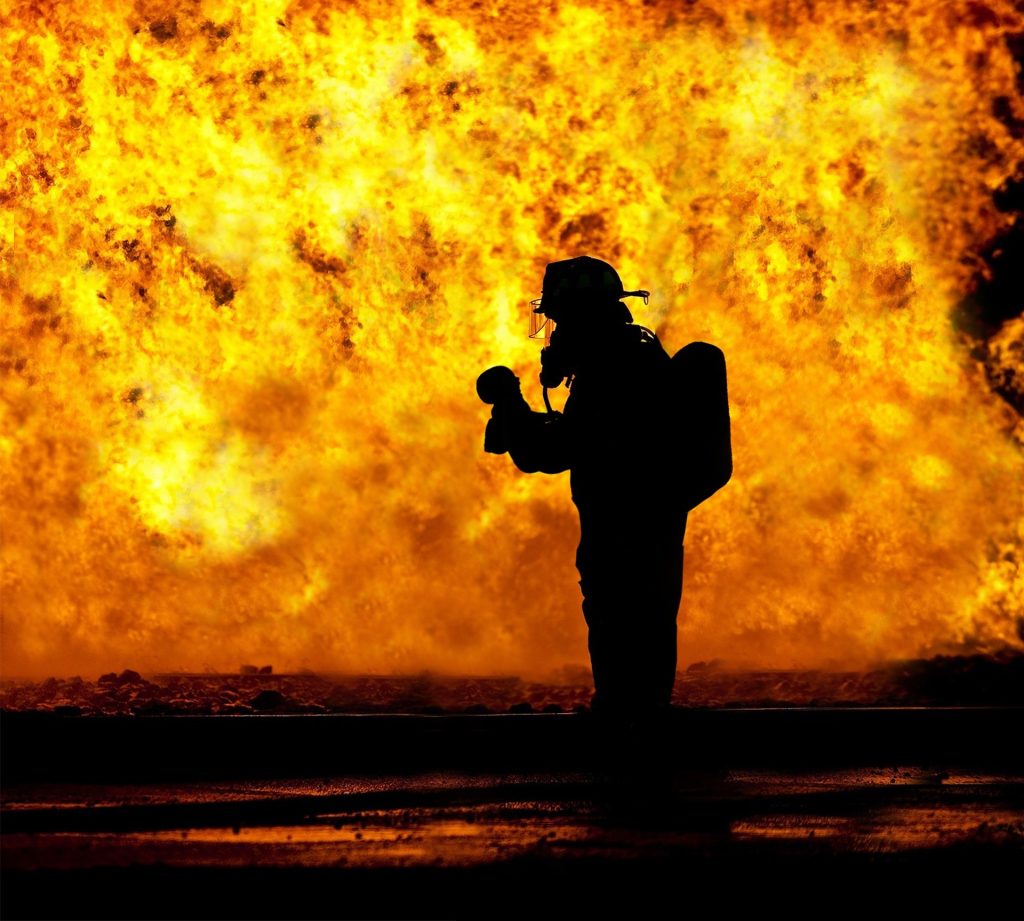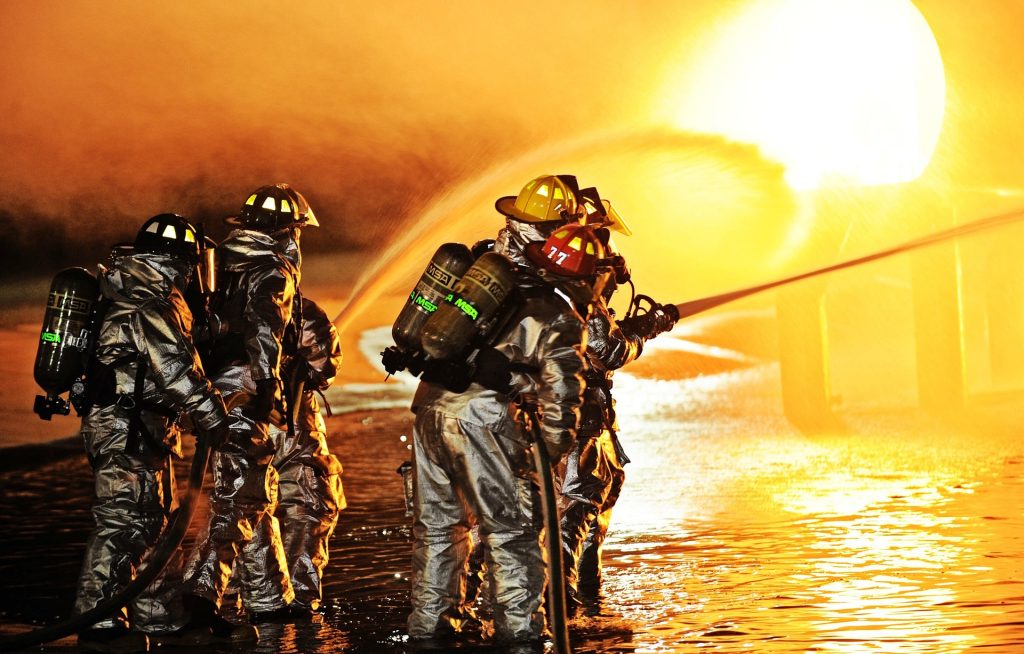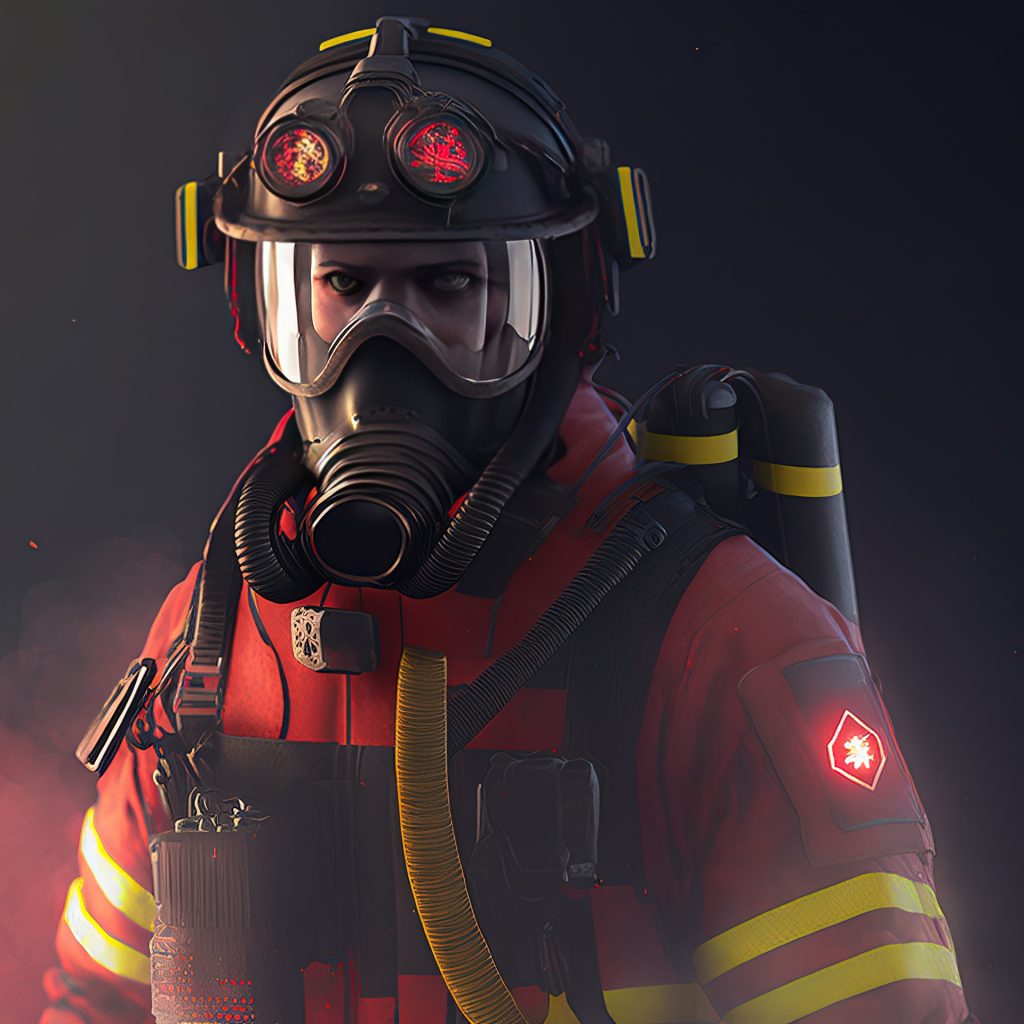Firefighting is an inherently dangerous profession that requires quick decision-making under extremely stressful conditions. Firefighters put their lives on the line to save others, often operating with limited visibility and breathing toxic fumes. Tragically, many firefighters lose their lives or suffer severe injuries in the line of duty each year.
Artificial intelligence (AI) offers new hope for improving firefighter safety while also boosting efficiency and effectiveness. As the provided content describes, AI-enabled systems can collect environmental data about temperature, gases, and other hazards in real-time. This data can then be analyzed to provide tailored recommendations to firefighters during an active emergency. AI also shows promise for predictive analytics to identify fire risks proactively.
NASA’s AUDREY System
One of the most promising AI innovations highlighted is AUDREY – the Assistant for Understanding Data through Reasoning, Extraction, and Synthesis. Developed by NASA, AUDREY is a prime example of how data fusion and analysis can be leveraged to enhance situational awareness.
During a fire, AUDREY could monitor conditions using sensors and provide warnings to firefighters when oxygen levels get too low or temperatures reach hazardous levels. By detecting threats not immediately perceptible to humans, AUDREY could potentially save lives. The system could track firefighter locations and safety status, enabling incident commanders to make better informed, more strategic decisions about resource allocation and assignments.
While still in prototype stages, AUDREY demonstrates how AI and data analytics might transform future fireground operations. Testing is underway using controlled burns to further develop and refine AUDREY’s capabilities. With additional training over time, the system could become an invaluable asset for fire departments.

Visual Intelligence
Other AI applications focus on processing visual data from fires. As described in the content, deep learning algorithms can now analyze images and video to identify and track fires in real-time. For example, infrared cameras mounted on drones or surveillance networks can scan for temperature spikes and smoke patterns indicative of emerging fires. When fires appear, AI can also estimate the scale, direction, and speed of propagation based on flame and smoke signatures.
Such visual intelligence allows for ultra-fast fire detection and containment. Fire managers can deploy resources to nascent blazes much more rapidly, before they grow into unmanageable conflagrations. They can also continuously monitor risk factors like vegetation moisture and weather patterns to forecast exactly when and where fires are most likely to ignite so prevention and suppression forces are ready to mobilize at a moment’s notice.
Predictive Capabilities
Indeed, predicting fires before they start is one of AI’s most revolutionary capabilities. The provided content touches on predictive analytics using historical data like past fires, weather records, satellite imagery, and vegetation maps to model fire likelihood across locations and conditions. Sophisticated AI algorithms can assimilate volumes of data exponentially faster than humans to uncover complex interrelationships. This enables extremely precise fire risk quantification at hyper-local scales.
With guidance from these AI-powered risk assessments, firefighters can target prevention efforts like selective vegetation clearance, fuel load reduction, and forest management to the highest payoff areas. During fire season, predictive intelligence allows strategic staging of crews and equipment for rapid response as soon as a wildfire is detected. Such proactive mitigation and preparation facilitated by AI analytics promises to reduce fire damage and increase safety for both the public and firefighters relative to reactive approaches.
Training Applications
Beyond operational support, several examples highlight how AI and immersive technologies can enhance firefighter training. Virtual reality simulations incorporating real-world physics and fire dynamics offer highly realistic environments to practice response procedures and decision-making under duress. Scenarios can be customized to different fire types, building configurations, weather conditions, smoke concentrations, etc. to expose trainees to a broad spectrum of emergency situations.
Unlike live training burns which are resource-intensive and hazardous, VR-based simulations minimize risk while allowing for immediate performance feedback and unlimited repetitions to refine skills. By pairing biometric sensors with VR, stress reactions can also be evaluated to strengthen crisis coping abilities. Along with augmented and mixed reality applications, AI-enhanced simulations are the future of firefighter training.

Challenges and Concerns
However, some valid concerns exist around AI adoption in fire service contexts. Heavy reliance on data and algorithms inherently introduces uncertainties and biases that could negatively impact effectiveness. If input data is incomplete or inaccurate, model outputs may be misleading or fail catastrophically in edge cases. Over-automation also risks critical thinking lapses should technology fail in the field.
Another major issue is explaining how AI systems arrive at conclusions, known as “explicability.” The reasoning behind AI predictions is often opaque and difficult to interpret due to immense complexity. This absence of transparency makes it hard to troubleshoot errors or ascertain accountability if mistakes are made or opportunities are missed.
Moreover, since the technology remains nascent with limited real-world validation, firefighters may be reticent to trust AI guidance given their lives are on the line. Change management to overcome skepticism through education and constructive engagement will be pivotal for integration into existing operations. Any rebelling against automation directives could undermine safety and productivity.
There are also wider concerns around loss of jobs and de-skilling of human capabilities as AI takes on more tasks. Fire services will need to exercise prudence and restraint in determining appropriate applications vs overstepping responsible boundaries. AI should aim to complement specialist expertise, not fully replace it.
The Path Forward
In summary, AI and data-driven technologies hold substantial promise for enhancing numerous aspects of fire management – from detection to prevention to response and training. Intelligent systems can bolster situational awareness, accelerate decisions, enable predictive modeling, minimize exposure harms, and boost preparedness.
However, for potential to translate into real-world impact, solutions must be thoughtfully designed and validated to produce actionable, trustworthy outputs. AI integration must also respect end-user needs and domains of judgment where human faculties like ethics and creativity still reign supreme. Managed appropriately in targeted domains, AI can make firefighting markedly safer while upholding service values.

The onus falls on technology vendors, developers, and fire organizations themselves to forge this future via open dialogue and collaborative exploration around capabilities. With concerted good-faith efforts on all sides to understand benefits and limitations, AI is positioned to transform fire services over the long-term. But this progress crucially hinges on maintaining realistic expectations initially and having patience as AI systems train and refine iteratively alongside their human colleagues.
Copyright©dhaka.ai
tags: Artificial Intelligence, Ai, Dhaka Ai, Ai In Bangladesh, Ai In Dhaka, USA



